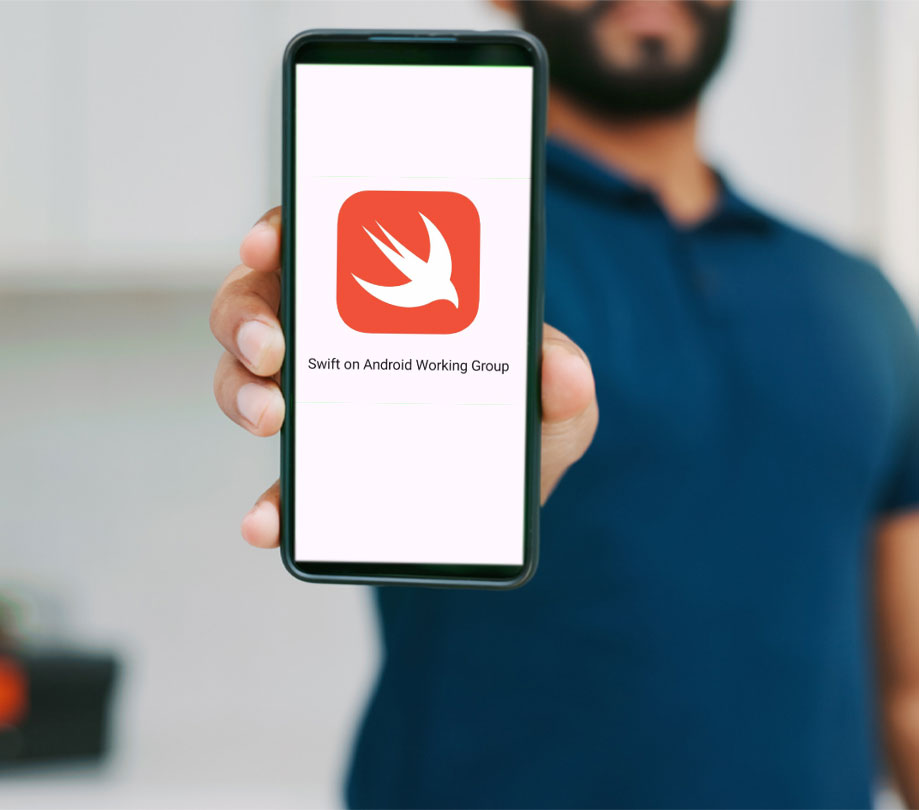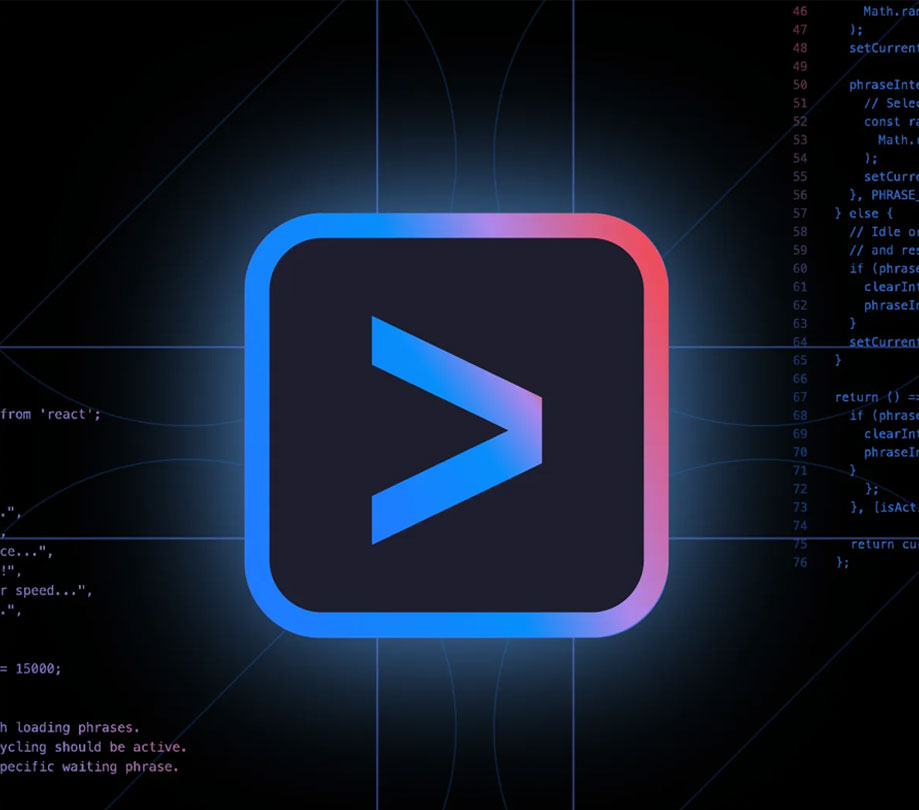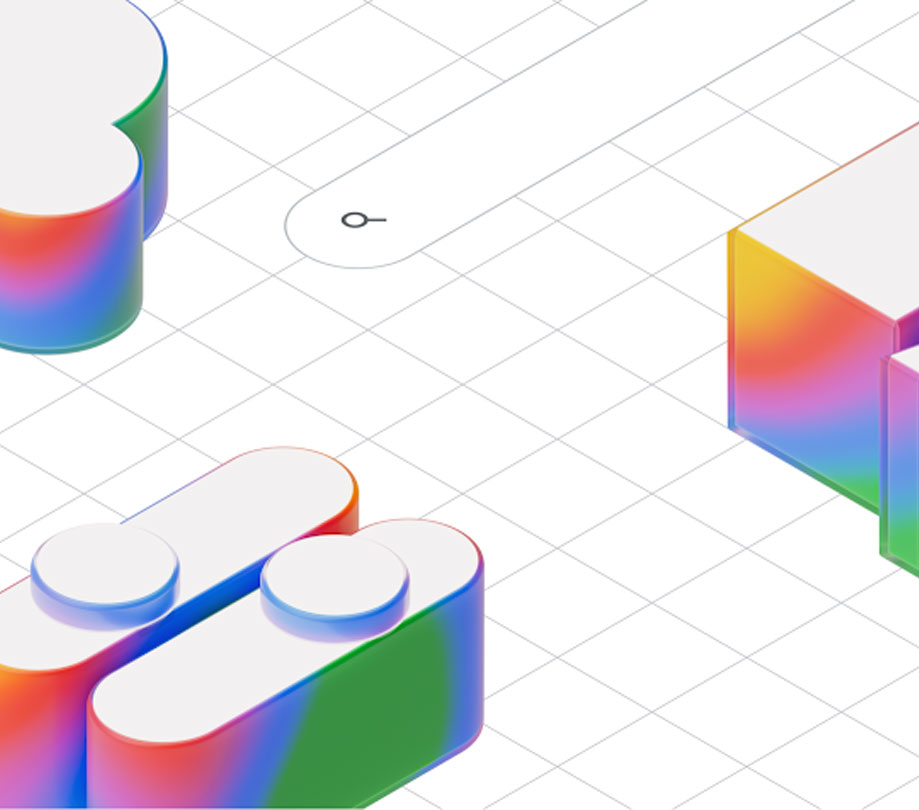Marketing & Promotion
From installs to value: three trends in the age of app marketing
Thursday, October 20, 2016

|
Brendon Kraham |

Mobile apps are ubiquitous. We live in a world where there are over four million apps to choose from and where attention spans are shorter than ever before. As a result, it is becoming increasingly more important for marketers to understand the critical moments of engagement that are happening in the palms of users’ hands.
Over the past decade, app developers banked on the one metric they thought defined success: installs. The number of users you had was a sign of a healthy app. Nowadays, app marketing is much more nuanced and sophisticated. A sustainable business is no longer predicated on how many users you have, and the quality of a user isn’t solely defined by demographics.
The reality is it’s about what they care about and the actions that they take. And as the consumer journey in the mobile-first world becomes more complex, I anticipate three major shifts for mobile apps.
On average, 85% of the value of an app comes from about 17% of users (RadiumOne, 2016). So as marketers, it's more important than ever to find people who will engage with your apps and drive value for your businesses over time. The first step is to understand what in-app actions drive value for your business, and then find users who are likely to take those actions. If you’ve developed a retail app, you may determine that someone who makes a purchase within three days of downloading your app is more likely to be a repeat user. For gaming app developers, you may find that a player who gets to level five is more likely to make an in-app purchase than someone who doesn’t.
Identifying what actions are important to your business - and then finding more people who are most likely to complete them - should be a top priority.
Historically, digital marketers have fixated on demographic targeting because that’s how marketing grew up. Brand marketers who advertised on TV ran commercials on networks and programming they believed their target demographic was watching. And for many years, if I were launching a mobile game I would have wanted to get it in front of as many males aged 18-24 as possible. But how do I connect with other people who aren’t in that demographic who might become power users of my game?
Focusing on a narrower audience leaves money on the table because there are likely many other people in the world who would not only download your game, but also share it, chat with other players, upload videos and consume premium offers.
We’re getting to the point where advertisers can pinpoint what’s important to their business and then let technology take care of how to achieve those objectives most efficiently - who to reach, where and how to reach users, and more. That’s where automation comes in.
One of the most valuable resources that app developers have is their people’s time and energy. How do you decide what to focus on? How laborious is each work stream for your team? What are you not focusing on as a result? Automation and machine learning present marketers and agencies with an opportunity to focus on more strategic tasks, such as improving an app’s user experience. You no longer have to spend all of your time on manual campaign optimization. Machine learning evaluates countless signals in real-time to continuously refine where and how you reach new app users - everything from building ad creatives to setting the right bids and reaching the right users at the right time in the right places.
At its core, marketing automation uses insights and data to inform exactly where your ads should be placed and the highest value users who should see it.
These three shifts - engagement over installs, actions over demographics, and automation over manual optimization - are the critical decisions that app marketers have an opportunity to embrace. As I watch the maturation of this incredibly rich and thriving industry, I am excited to be a part of turning point when marketers seize the opportunity to re-define value for their business.
This content is made possible by a guest author, or sponsor; it is not written by and does not necessarily reflect the views of App Developer Magazine's editorial staff.
Over the past decade, app developers banked on the one metric they thought defined success: installs. The number of users you had was a sign of a healthy app. Nowadays, app marketing is much more nuanced and sophisticated. A sustainable business is no longer predicated on how many users you have, and the quality of a user isn’t solely defined by demographics.
The reality is it’s about what they care about and the actions that they take. And as the consumer journey in the mobile-first world becomes more complex, I anticipate three major shifts for mobile apps.
Engagement Over Installs
On average, 85% of the value of an app comes from about 17% of users (RadiumOne, 2016). So as marketers, it's more important than ever to find people who will engage with your apps and drive value for your businesses over time. The first step is to understand what in-app actions drive value for your business, and then find users who are likely to take those actions. If you’ve developed a retail app, you may determine that someone who makes a purchase within three days of downloading your app is more likely to be a repeat user. For gaming app developers, you may find that a player who gets to level five is more likely to make an in-app purchase than someone who doesn’t.
Identifying what actions are important to your business - and then finding more people who are most likely to complete them - should be a top priority.
Actions Over Demographics
Historically, digital marketers have fixated on demographic targeting because that’s how marketing grew up. Brand marketers who advertised on TV ran commercials on networks and programming they believed their target demographic was watching. And for many years, if I were launching a mobile game I would have wanted to get it in front of as many males aged 18-24 as possible. But how do I connect with other people who aren’t in that demographic who might become power users of my game?
Focusing on a narrower audience leaves money on the table because there are likely many other people in the world who would not only download your game, but also share it, chat with other players, upload videos and consume premium offers.
We’re getting to the point where advertisers can pinpoint what’s important to their business and then let technology take care of how to achieve those objectives most efficiently - who to reach, where and how to reach users, and more. That’s where automation comes in.
Automation Over Manual Optimization
One of the most valuable resources that app developers have is their people’s time and energy. How do you decide what to focus on? How laborious is each work stream for your team? What are you not focusing on as a result? Automation and machine learning present marketers and agencies with an opportunity to focus on more strategic tasks, such as improving an app’s user experience. You no longer have to spend all of your time on manual campaign optimization. Machine learning evaluates countless signals in real-time to continuously refine where and how you reach new app users - everything from building ad creatives to setting the right bids and reaching the right users at the right time in the right places.
At its core, marketing automation uses insights and data to inform exactly where your ads should be placed and the highest value users who should see it.
These three shifts - engagement over installs, actions over demographics, and automation over manual optimization - are the critical decisions that app marketers have an opportunity to embrace. As I watch the maturation of this incredibly rich and thriving industry, I am excited to be a part of turning point when marketers seize the opportunity to re-define value for their business.
This content is made possible by a guest author, or sponsor; it is not written by and does not necessarily reflect the views of App Developer Magazine's editorial staff.

Become a subscriber of App Developer Magazine for just $5.99 a month and take advantage of all these perks.
MEMBERS GET ACCESS TO
- - Exclusive content from leaders in the industry
- - Q&A articles from industry leaders
- - Tips and tricks from the most successful developers weekly
- - Monthly issues, including all 90+ back-issues since 2012
- - Event discounts and early-bird signups
- - Gain insight from top achievers in the app store
- - Learn what tools to use, what SDK's to use, and more
Subscribe here










